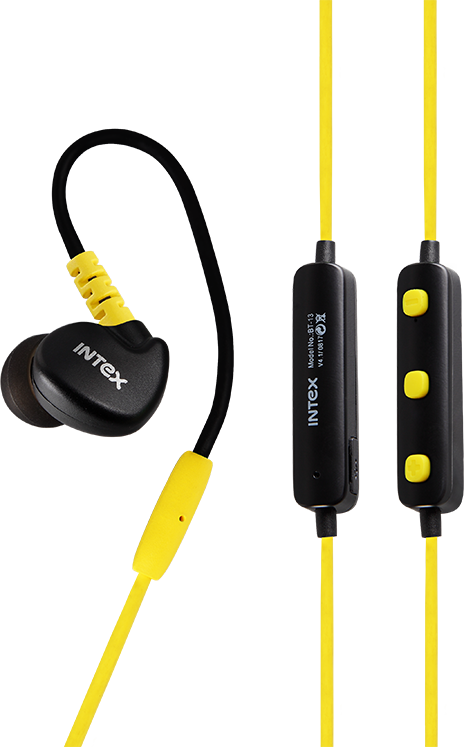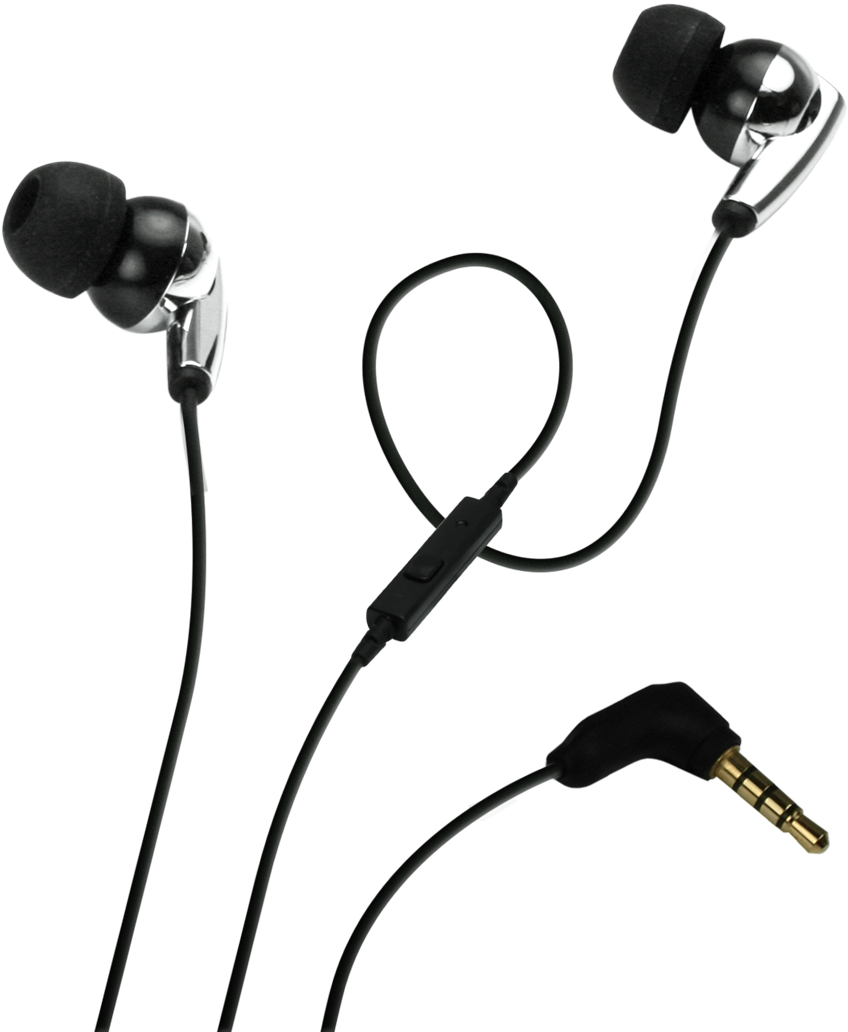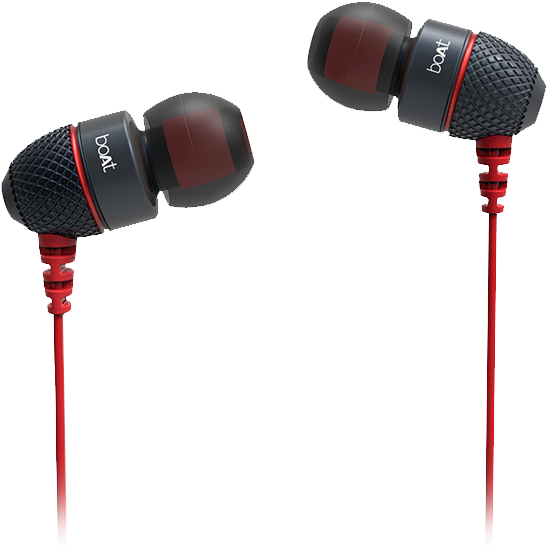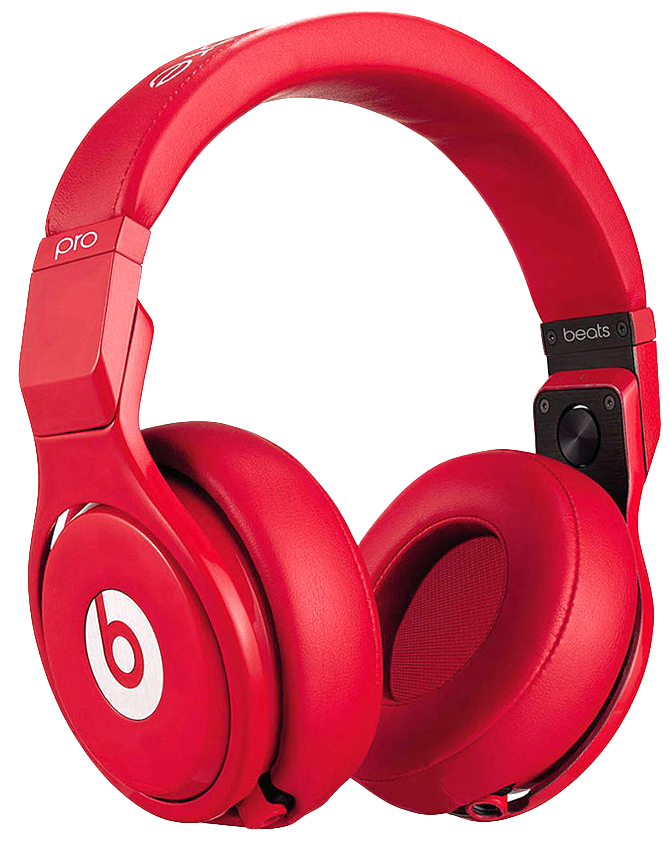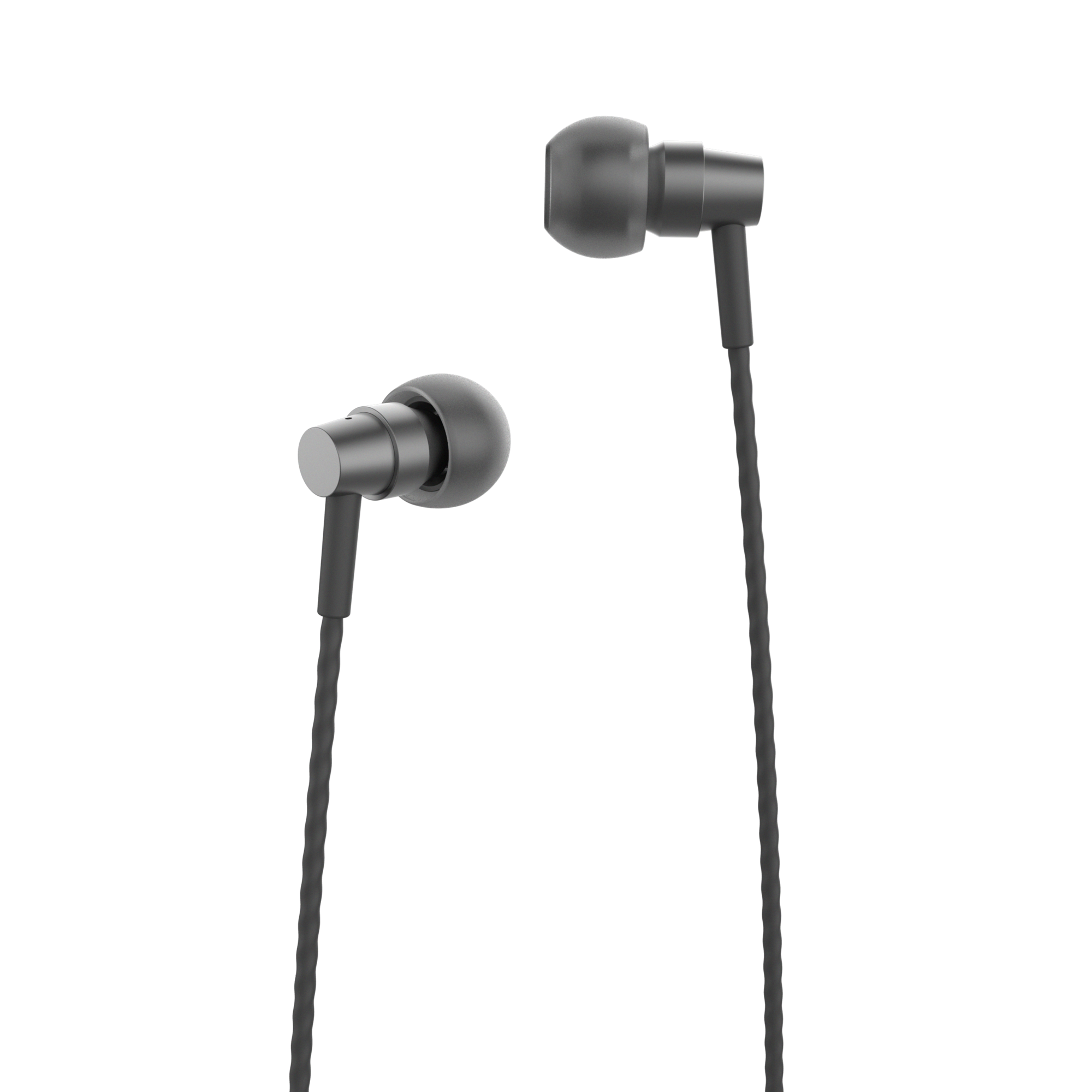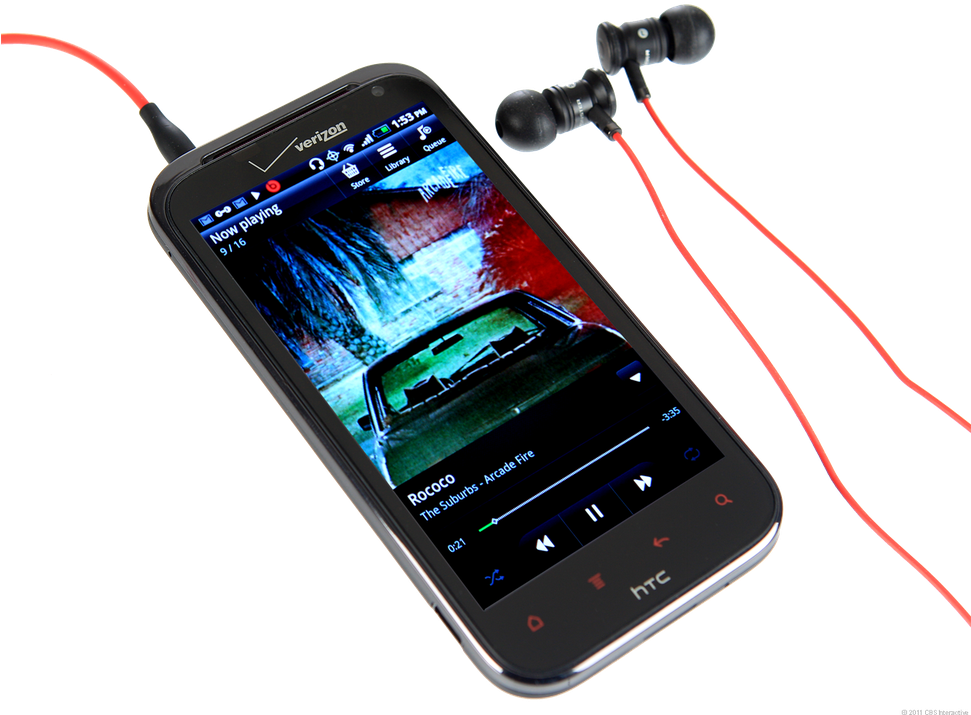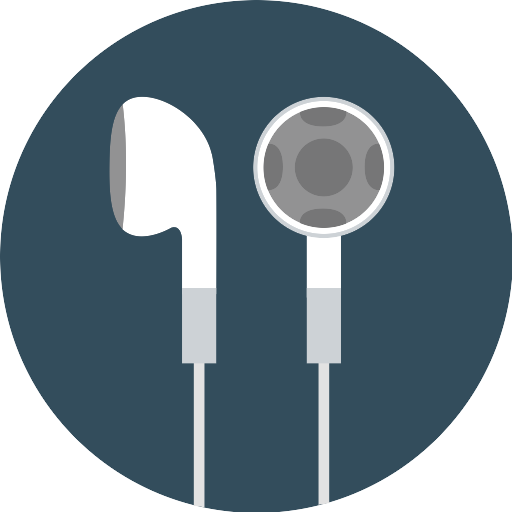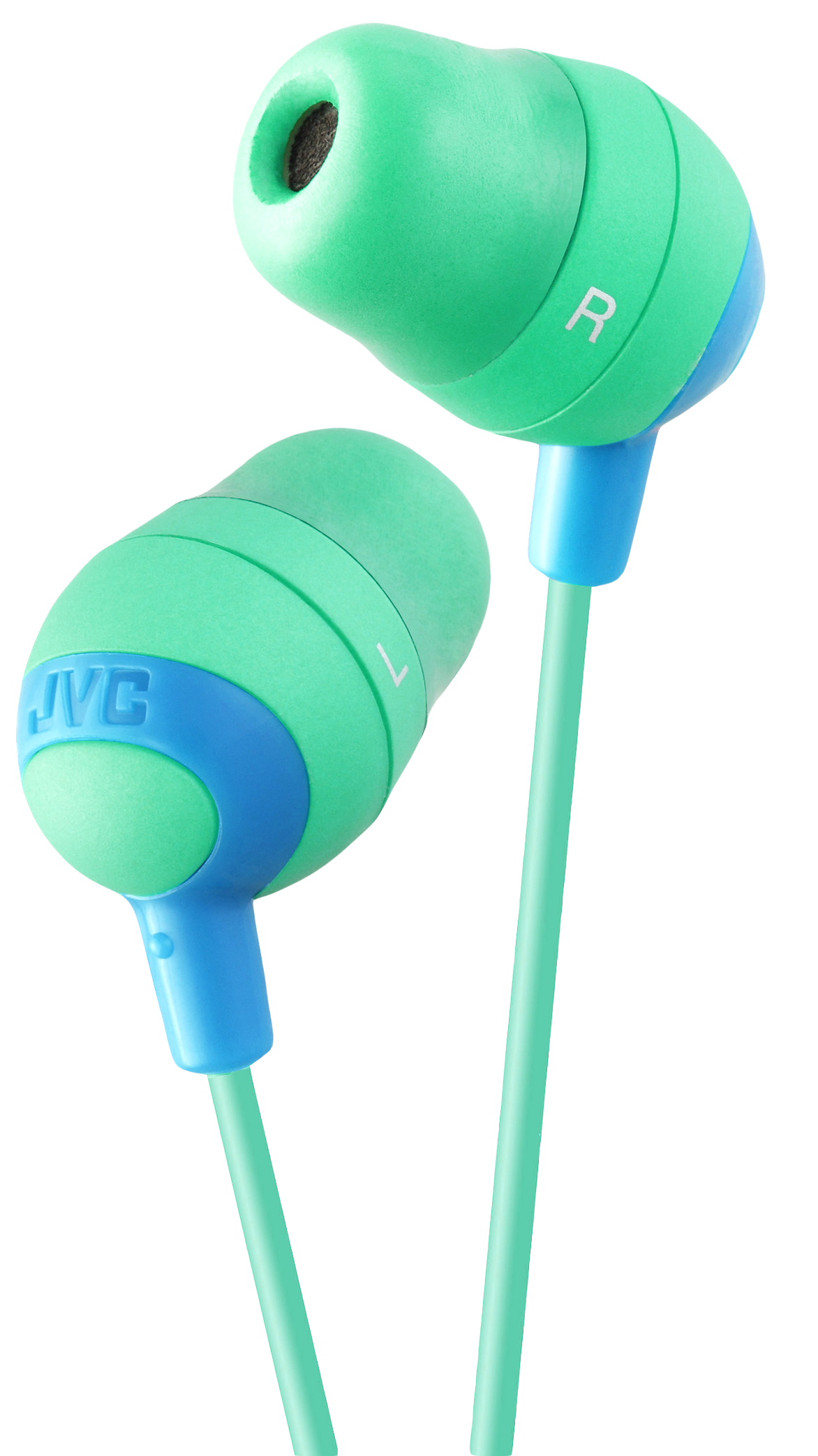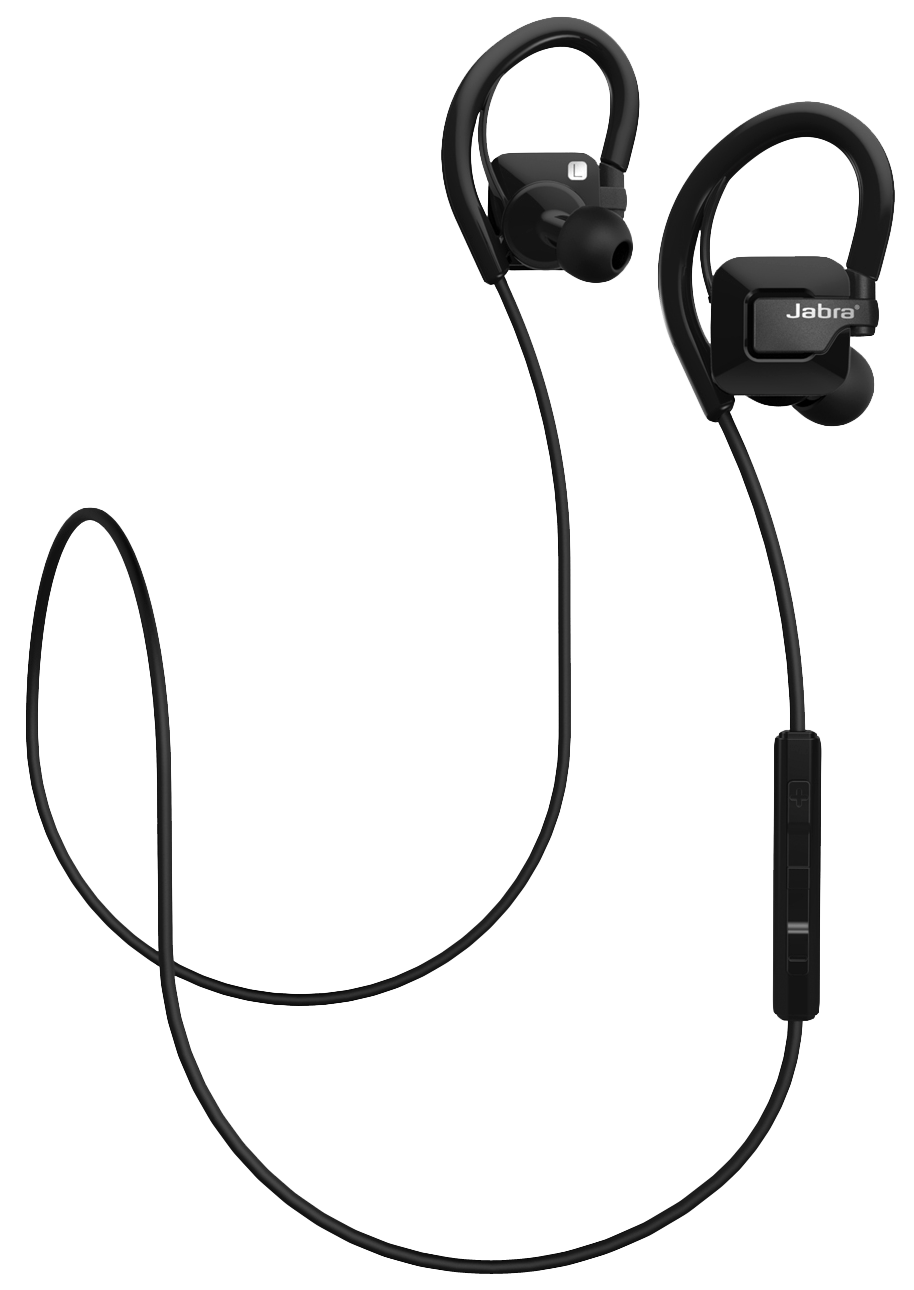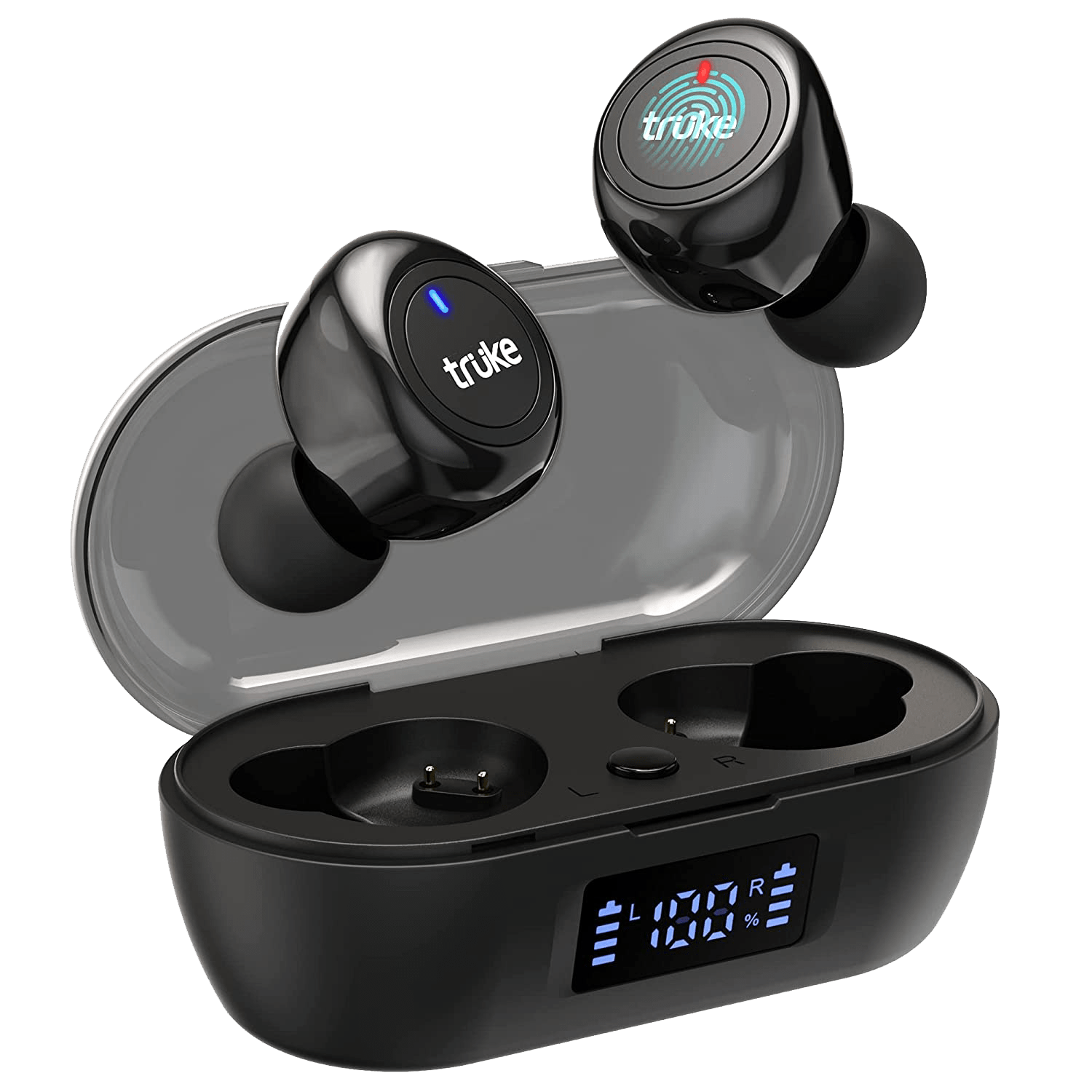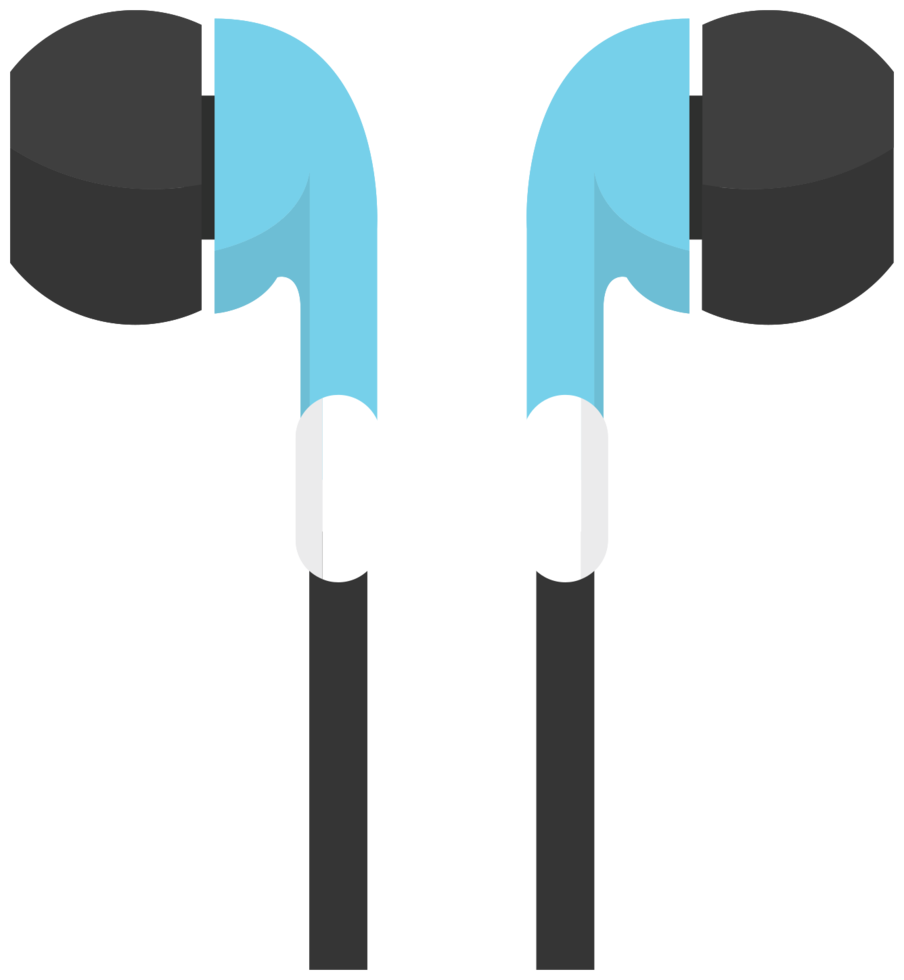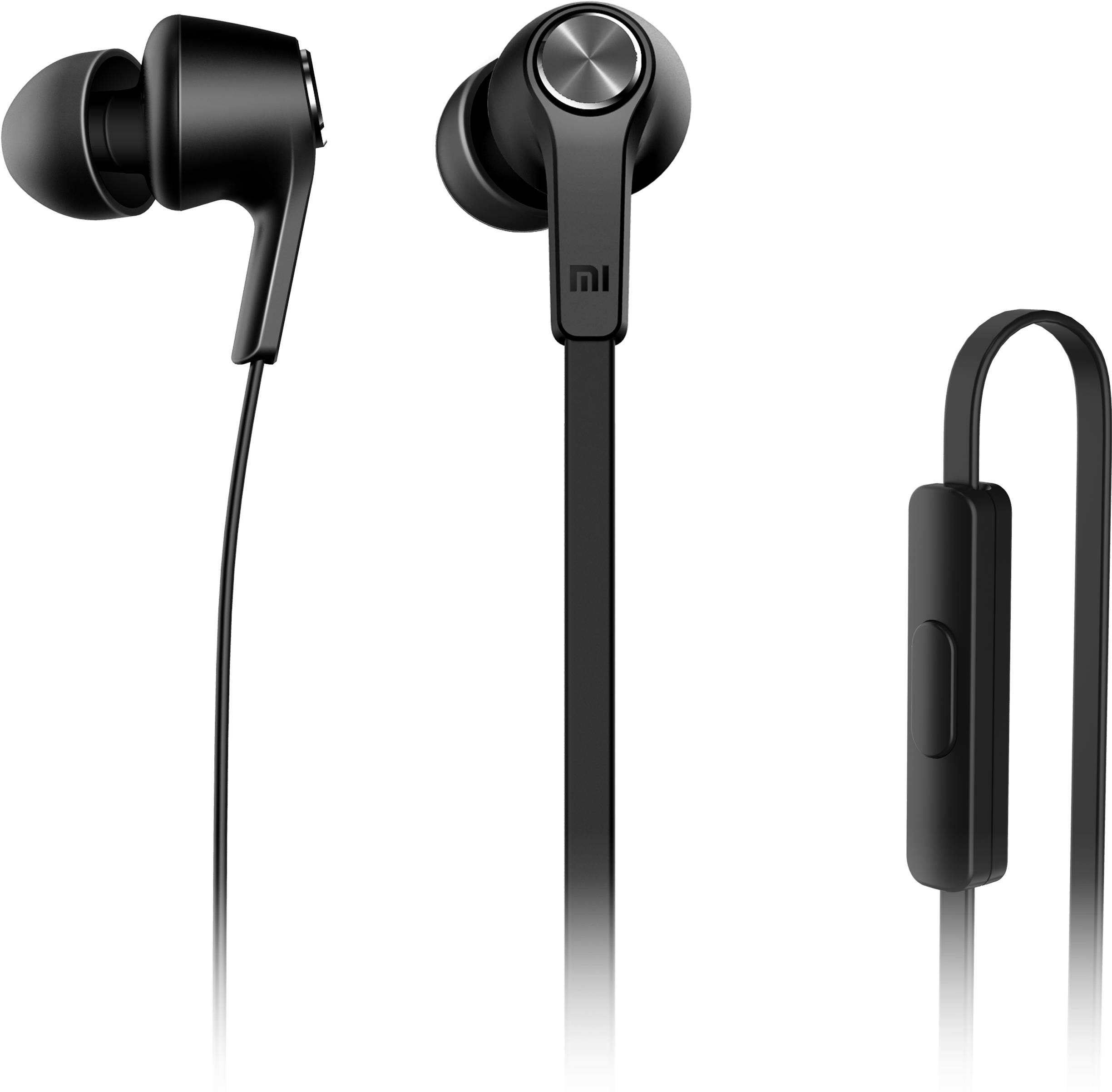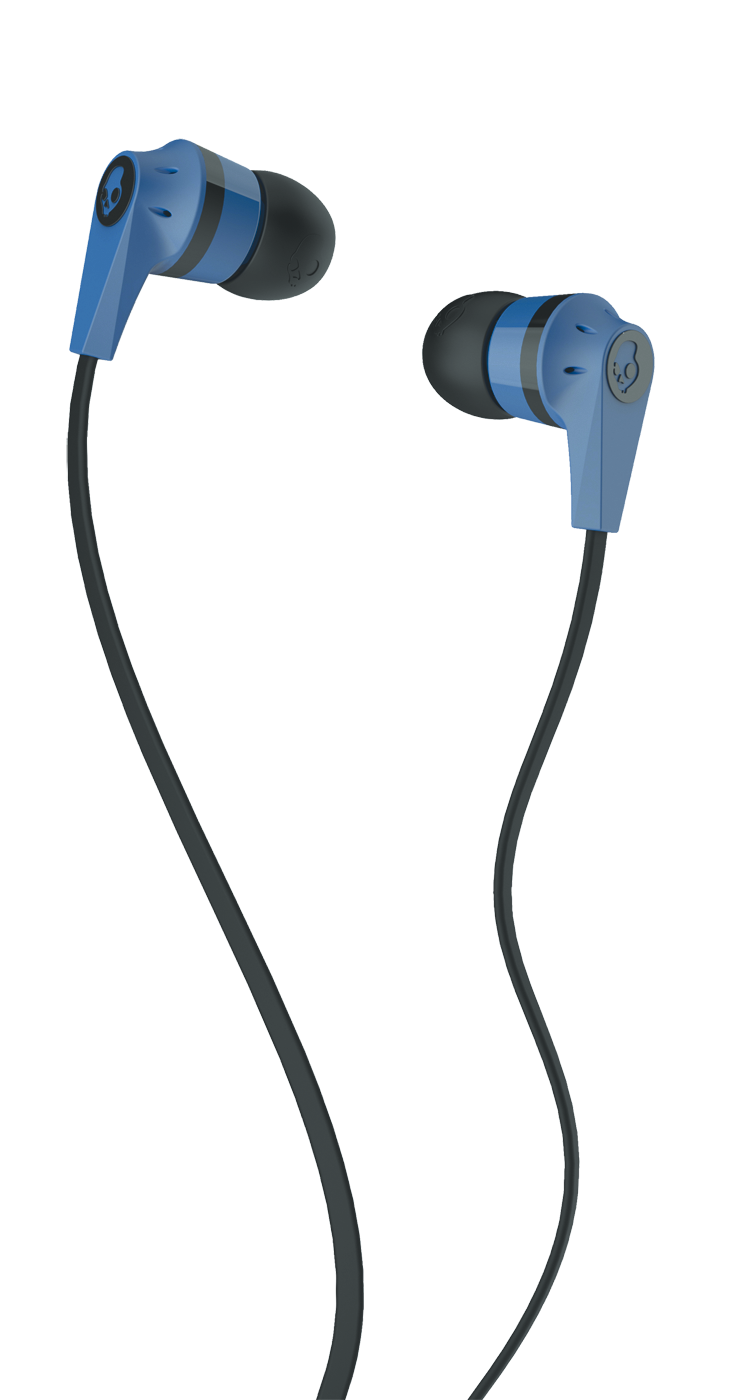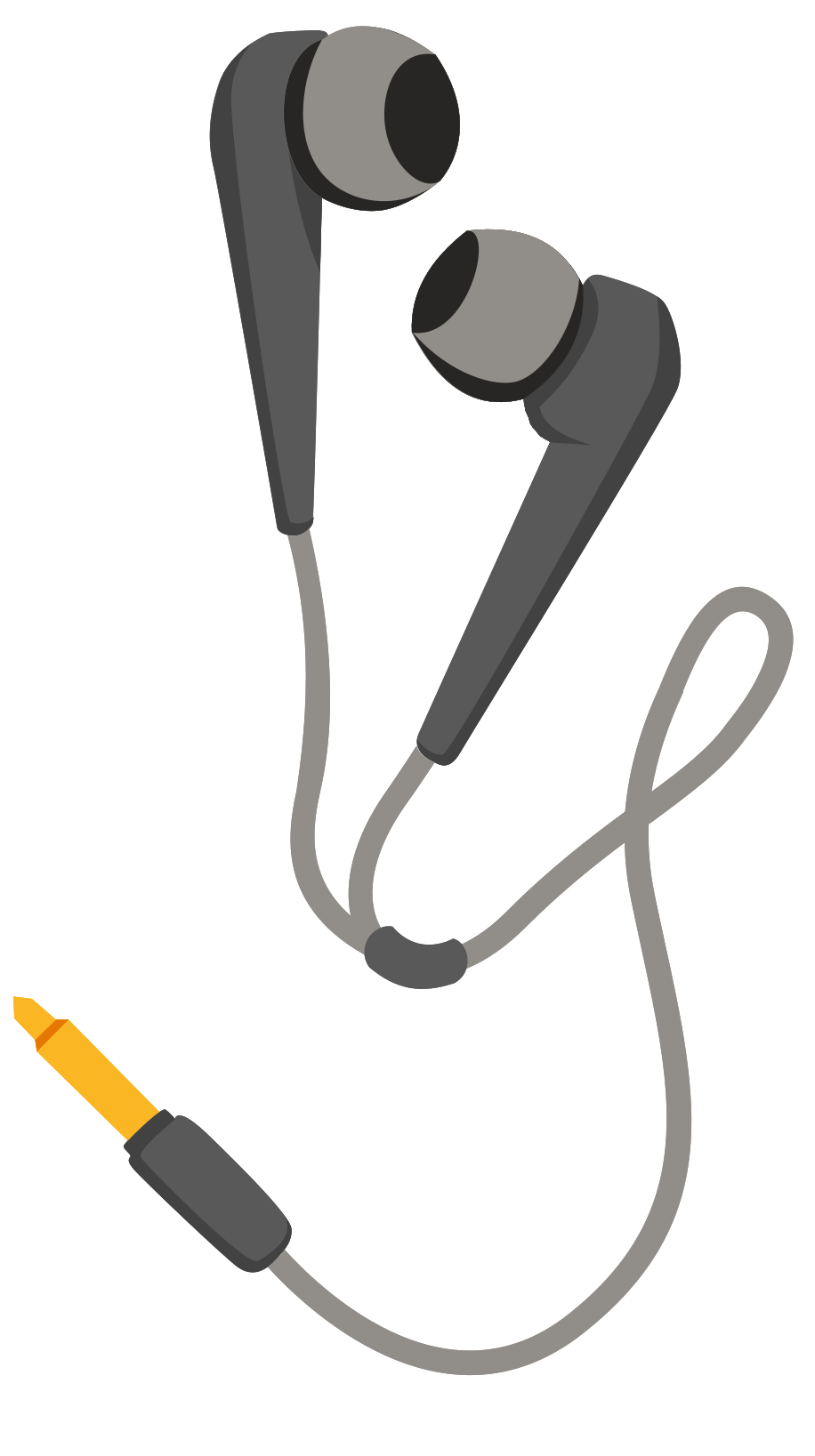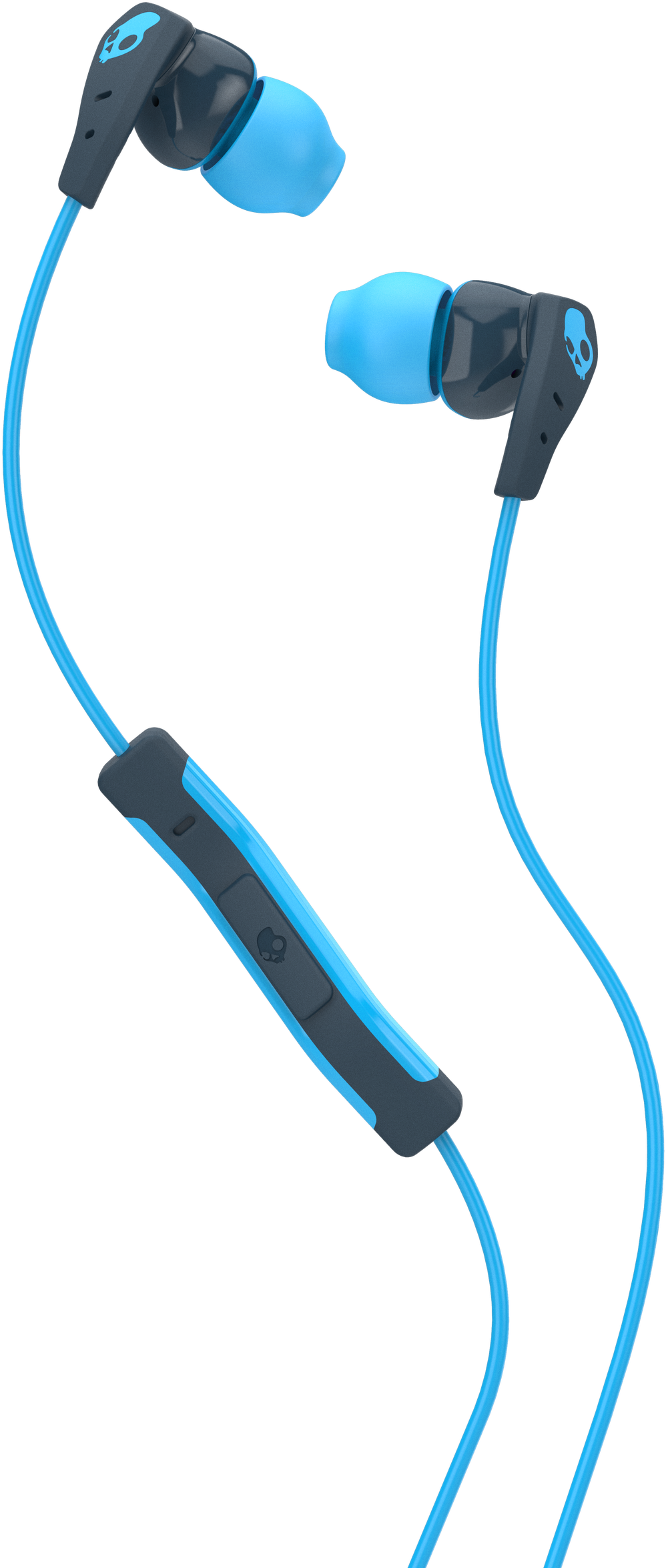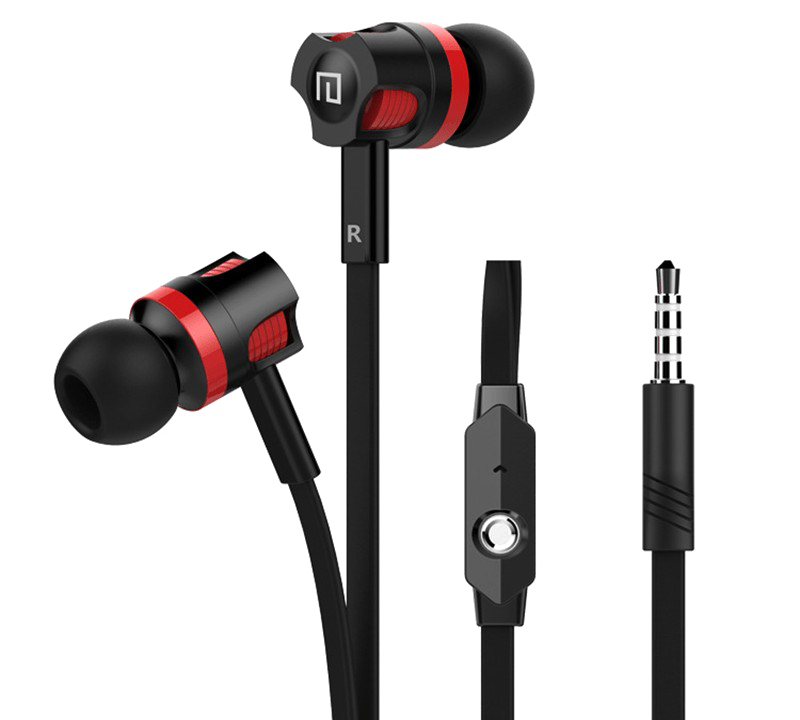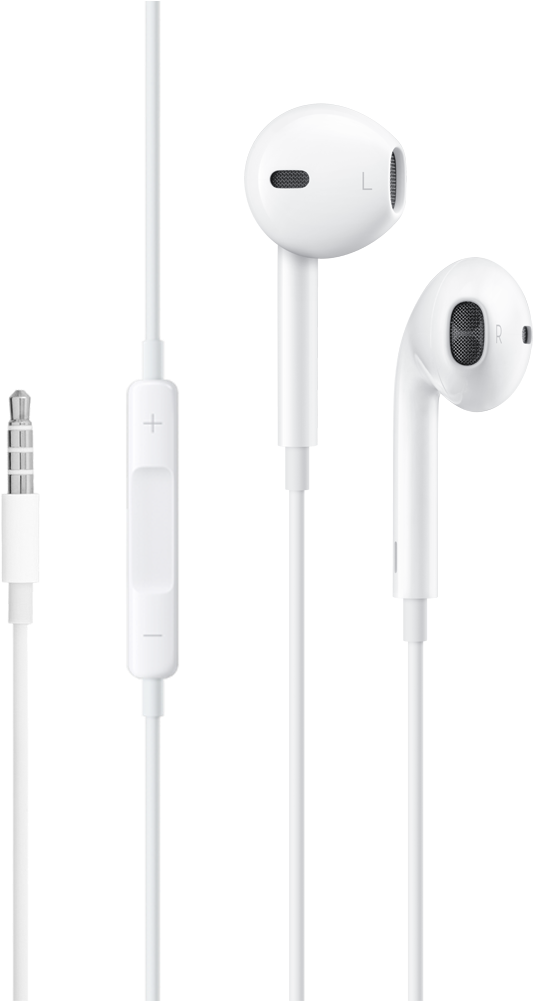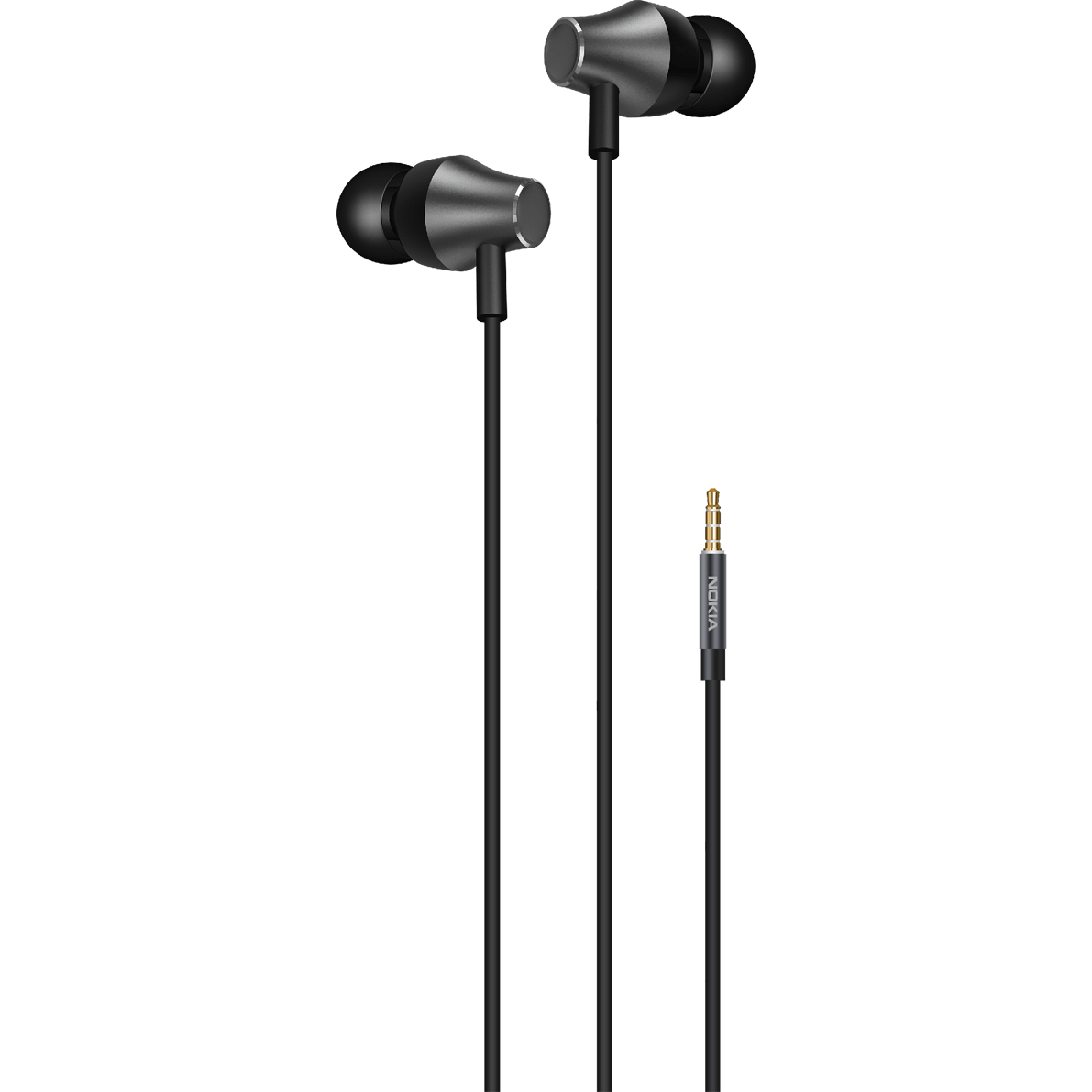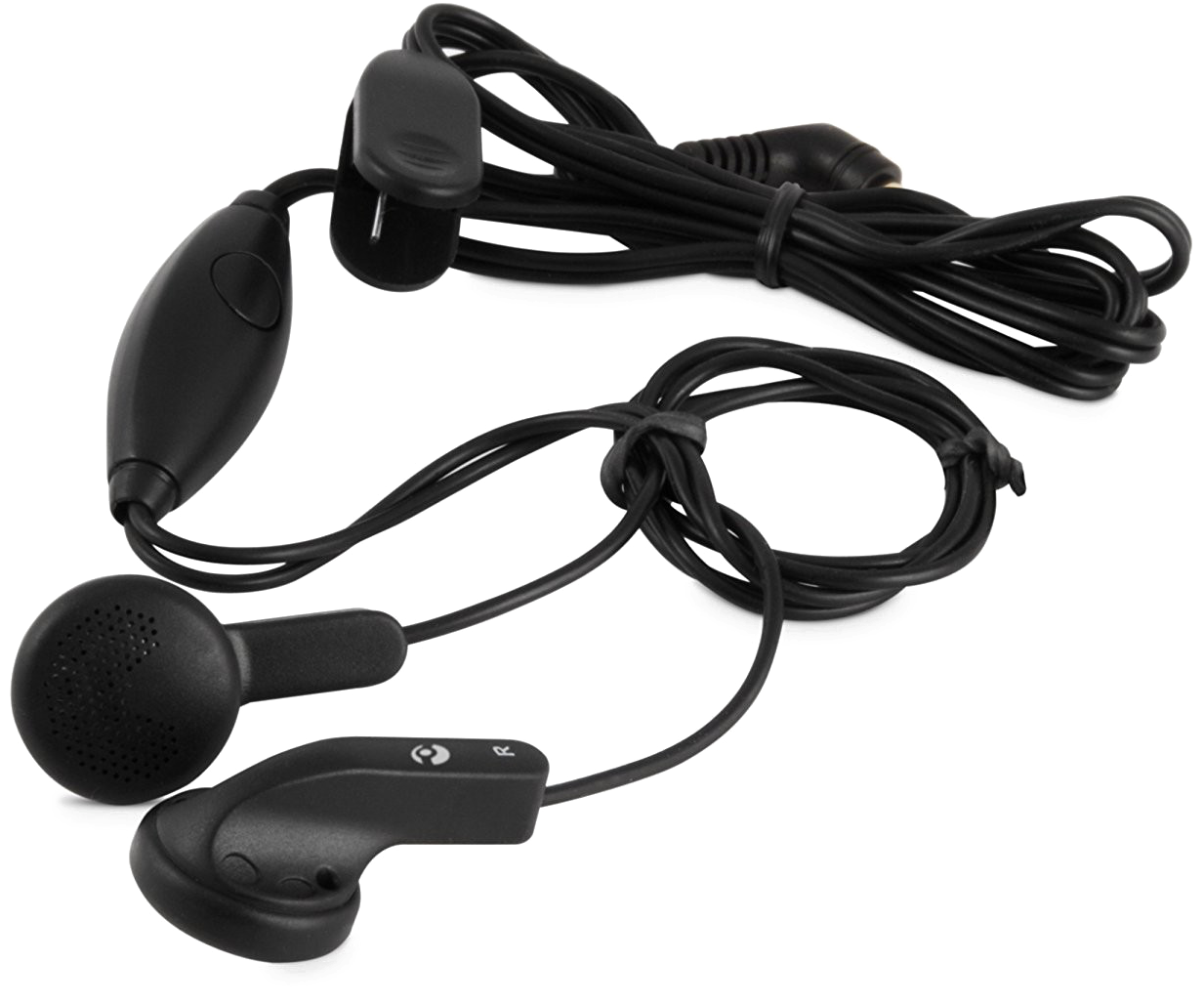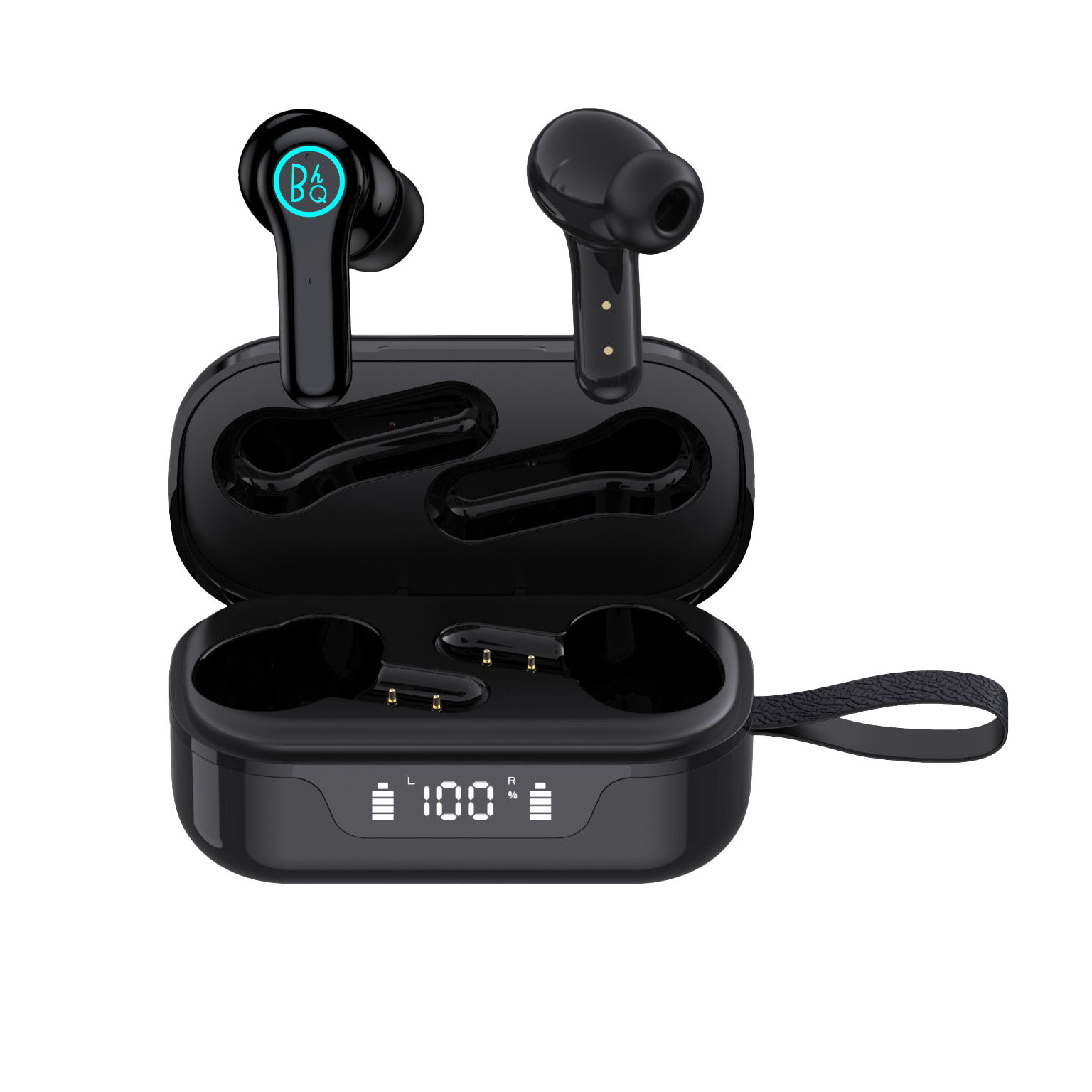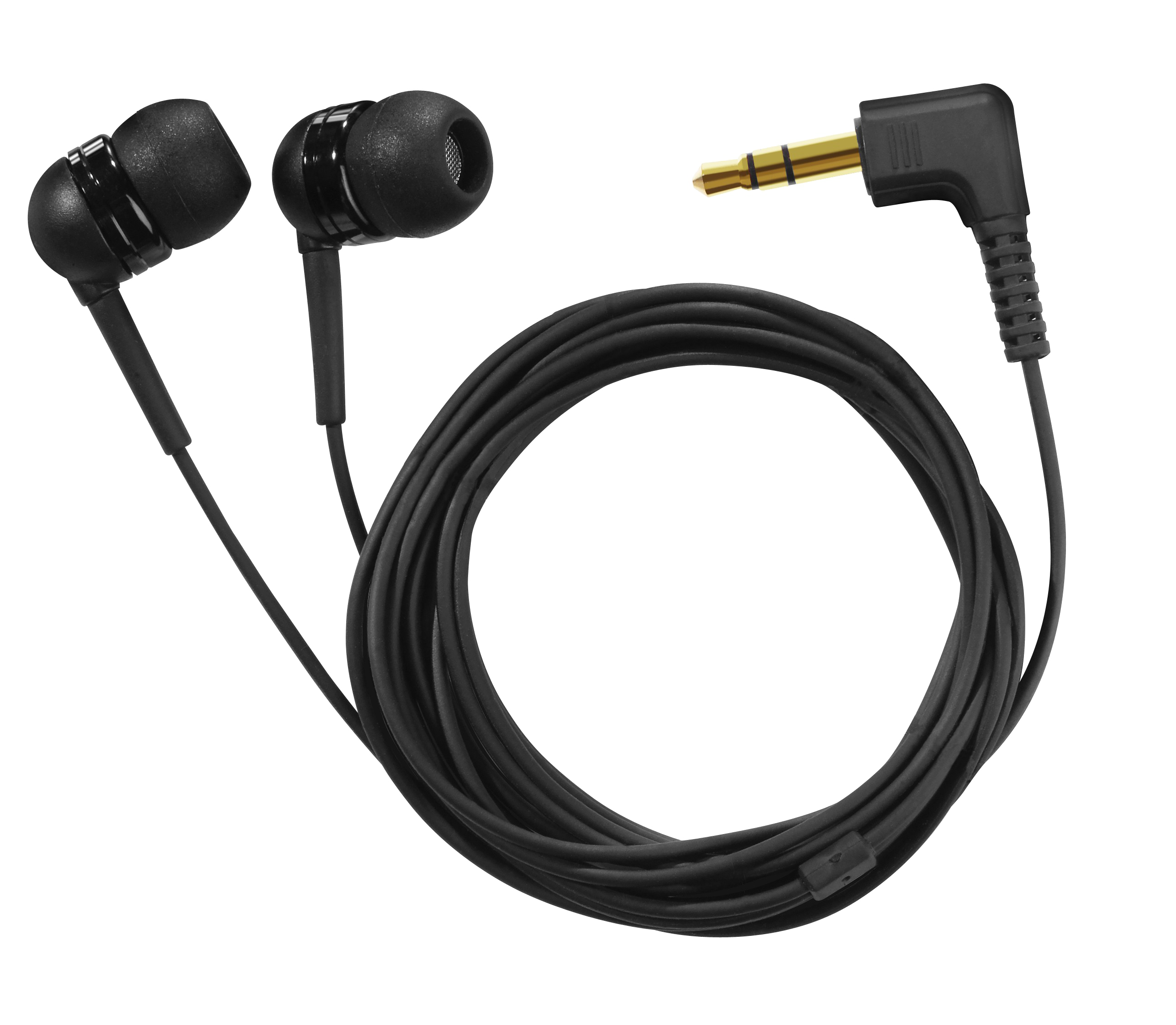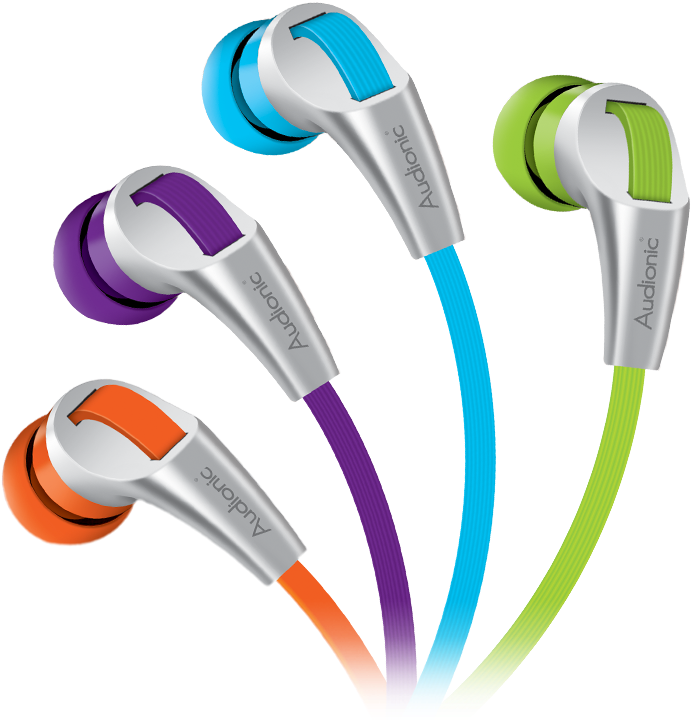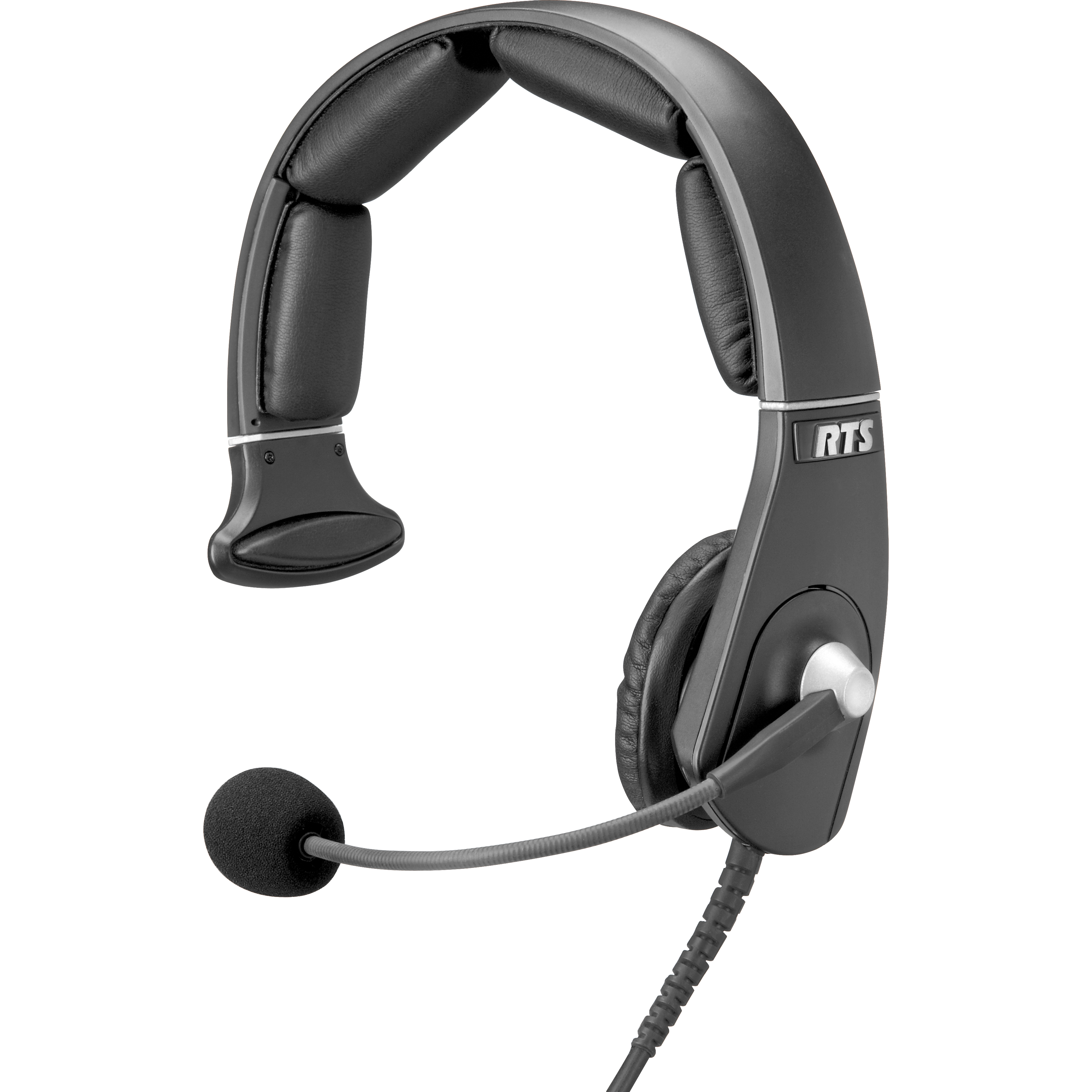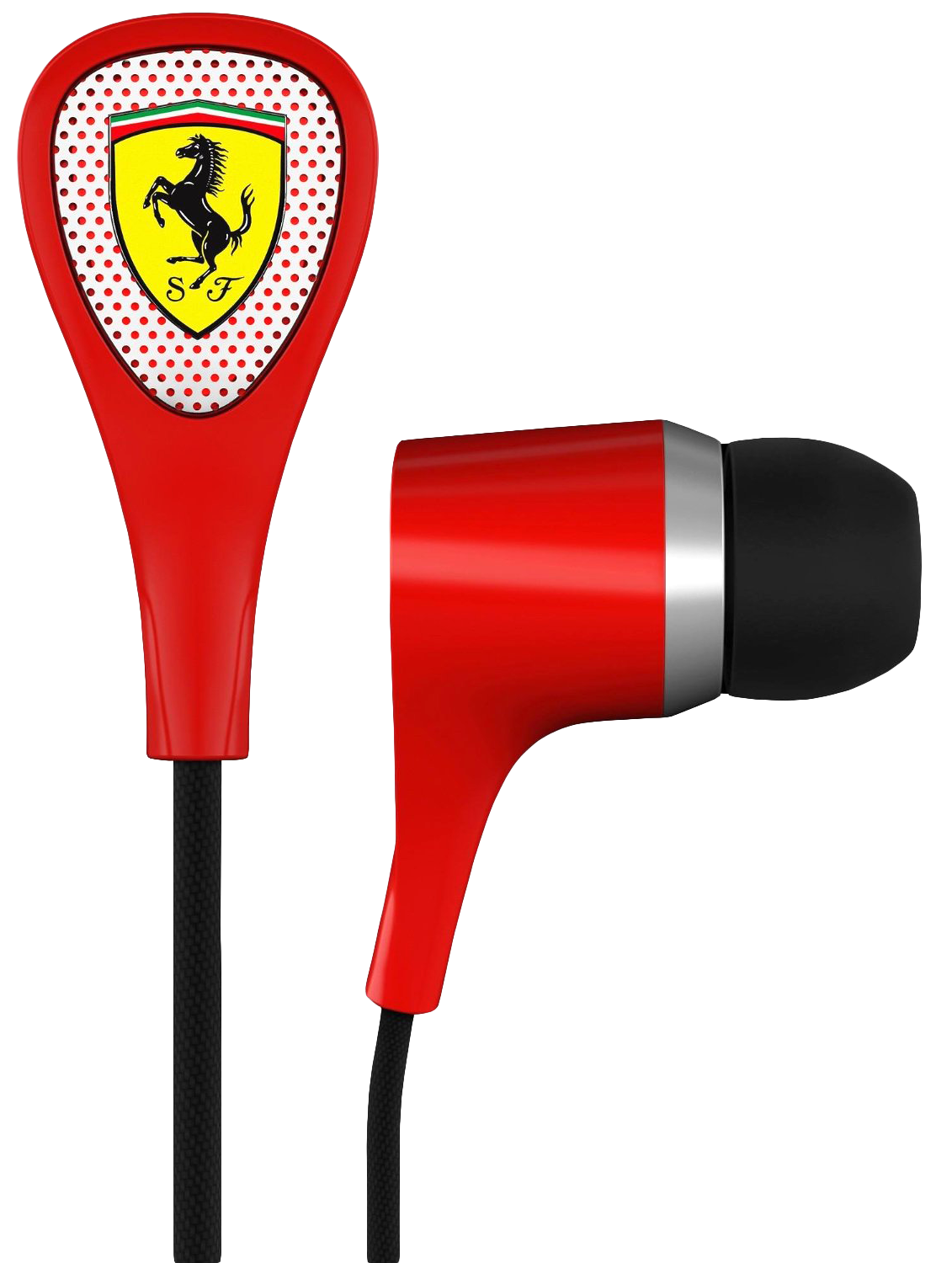Download top and best high-quality free Earphone PNG Transparent Images backgrounds available in various sizes. To view the full PNG size resolution click on any of the below image thumbnail.
License Info: Creative Commons 4.0 BY-NC
Headphones are a pair of tiny loudspeaker speakers worn over the user’s ears on or around the head. They’re electroacoustic transducers, which translate an electrical signal into sound. In contrast to a loudspeaker, which broadcasts sound into the open air for everyone around to hear, headphones allow a single user to listen to an audio source secretly. Earphones, earphones, and cans are all terms used to describe headphones. A band around the top of the head holds circumaural (‘around the ear’) and supra-aural (‘over the ear’) headphones in place. Earbuds or earpieces, for example, are discrete devices that insert into the user’s ear canal. Bone conduction headphones, which wrap around the back of the head and rest in front of the ear canal, leaving the ear canal open, are a third kind. A headset is a telecommunications device that combines a headphone and a microphone.
Headphones link to a signal source such an audio amplifier, radio, CD player, portable media player, mobile phone, video game console, or electronic musical instrument through a cable or wireless technology like Bluetooth, DECT, or FM radio. The earliest headphones were created in the late 1800s for telephone operators to wear in order to keep their hands free. Initially, the audio quality was poor, but the advent of high-fidelity headphones was a step forward.
Headphones come with a variety of audio reproduction quality options. Headsets built for phone use often do not have the same high fidelity as audiophile-grade versions designed for music listening. Cable-connected headphones often include a 1/4 inch (6.35mm) or 1/8 inch (3.5mm) phone port for connecting to the audio source. Wireless stereo earphones use Bluetooth connection to send audio signals through radio waves from sources such as cellphones and digital players. Beginning in the 1980s, the Walkman effect caused headphones to be worn in public locations such as sidewalks, grocery shops, and public transportation. Audio engineers who mix sound for live performances or sound recordings, DJs who use headphones to cue up the next song without the crowd hearing, airplane pilots, and contact center staff are all examples of people who utilize headphones. Employees in the latter two categories use headphones with built-in microphones.
Headphones arose from the desire to free up one’s hands when talking on the phone. There were a number of iterative devices that preceded the “hands-free” headphones. Electrophone, a British business that established a system that allowed their clients to connect into live feeds of events at theaters and opera houses around London, invented the first device that is indisputably a headphone in the 1890s. Subscribers to the service may hear the performance through a set of gigantic headphones kept in place by a long rod below the chin.
In 1891, French engineer Ernest Mercadier received U.S. Patent No. 454,138 for “improvements in telephone-receivers…which should be light enough to be carried while in operation on the operator’s head.”
Due of his inability to hear sermons during Sunday church, Nathaniel Baldwin of Utah built a prototype telephone headset in 1910. He presented it to the US Navy for testing, and the Navy soon bought 100 from Baldwin. In order to fulfill orders, Wireless Specialty Apparatus Co. partnered with Baldwin Radio Company to open a manufacturing plant in Utah. His inventions constituted the foundation for “sound-powered” or “non-electric” telephones, which were widely utilized during World War II.
Download Earphone PNG images transparent gallery
- Earphone PNG File
Resolution: 464 × 747
Size: 217 KB
Image Format: .png
Download
- Earphone PNG Image
Resolution: 848 × 1032
Size: 320 KB
Image Format: .png
Download
- Earphone PNG Photo
Resolution: 547 × 546
Size: 143 KB
Image Format: .png
Download
- Earphone PNG Cutout
Resolution: 669 × 846
Size: 623 KB
Image Format: .png
Download
- Earphone PNG Images
Resolution: 513 × 439
Size: 3 KB
Image Format: .png
Download
- Earphone PNG Photos
Resolution: 2000 × 2000
Size: 738 KB
Image Format: .png
Download
- Earphone Transparent
Resolution: 971 × 715
Size: 522 KB
Image Format: .png
Download
- Earphone PNG Clipart
Resolution: 512 × 512
Size: 23 KB
Image Format: .png
Download
- Earphone PNG Picture
Resolution: 1172 × 2086
Size: 1508 KB
Image Format: .png
Download
- Earphone PNG HD Image
Resolution: 914 × 1290
Size: 203 KB
Image Format: .png
Download
- Earphone PNG Image HD
Resolution: 512 × 512
Size: 10 KB
Image Format: .png
Download
- Earphone Bluetooth PNG
Resolution: 1500 × 1500
Size: 388 KB
Image Format: .png
Download
- Earphone No Background
Resolution: 848 × 980
Size: 27 KB
Image Format: .png
Download
- Earphone PNG Images HD
Resolution: 904 × 980
Size: 27 KB
Image Format: .png
Download
- Earphone Samsung
Resolution: 512 × 512
Size: 33 KB
Image Format: .png
Download
- Earphone Samsung PNG Photo
Resolution: 2449 × 2404
Size: 1297 KB
Image Format: .png
Download
- Earphone Samsung PNG Cutout
Resolution: 746 × 1400
Size: 202 KB
Image Format: .png
Download
- Earphone Samsung PNG Images
Resolution: 916 × 1637
Size: 91 KB
Image Format: .png
Download
- Earphone Samsung PNG Photos
Resolution: 1280 × 1588
Size: 111 KB
Image Format: .png
Download
- Earphone Samsung Transparent
Resolution: 998 × 2351
Size: 894 KB
Image Format: .png
Download
- Earphone Samsung PNG Clipart
Resolution: 800 × 720
Size: 158 KB
Image Format: .png
Download
- Earphone Samsung PNG Picture
Resolution: 533 × 1001
Size: 110 KB
Image Format: .png
Download
- Earphone Samsung PNG
Resolution: 1024 × 1024
Size: 102 KB
Image Format: .png
Download
- Earphone Samsung PNG Pic
Resolution: 1191 × 1191
Size: 37 KB
Image Format: .png
Download
- Earphone Samsung PNG File
Resolution: 1233 × 1029
Size: 512 KB
Image Format: .png
Download
- Earphone Bluetooth
Resolution: 1536 × 1536
Size: 444 KB
Image Format: .png
Download
- Earphone Samsung PNG Image
Resolution: 2575 × 2244
Size: 1368 KB
Image Format: .png
Download
- Earphone
Resolution: 691 × 720
Size: 340 KB
Image Format: .png
Download
- Earphone PNG
Resolution: 3572 × 3572
Size: 3298 KB
Image Format: .png
Download
- Earphone PNG Pic
Resolution: 1131 × 1500
Size: 621 KB
Image Format: .png
Download
